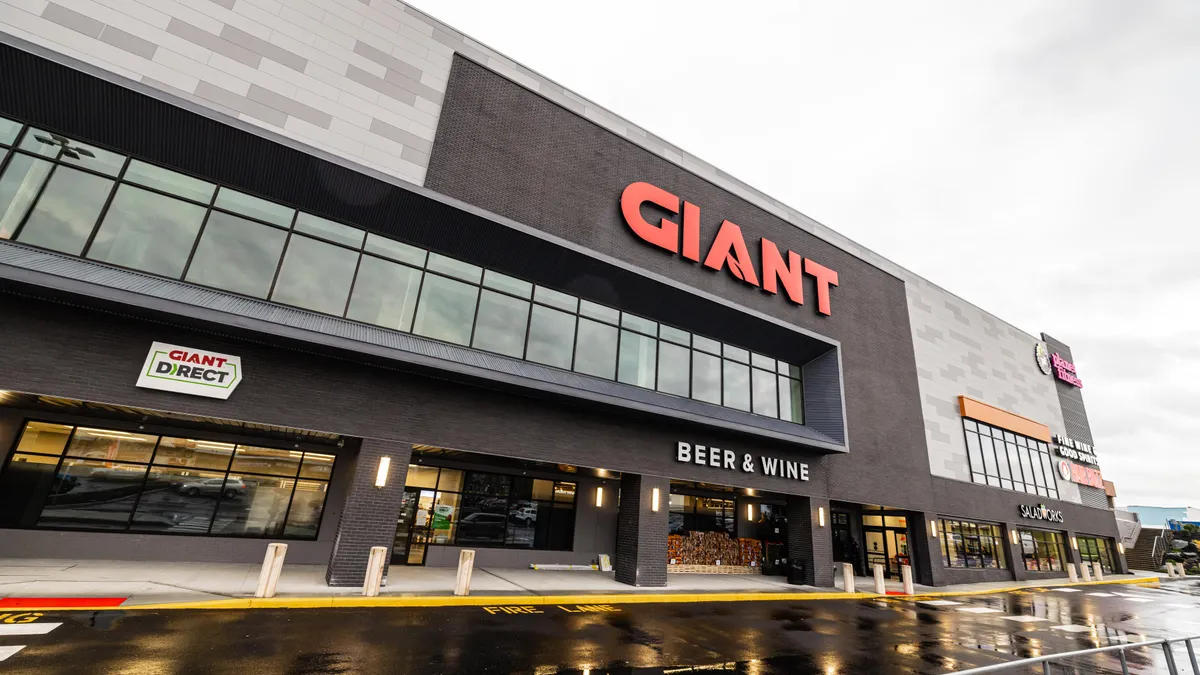Dive Brief:
- Spending at grocery stores increased 8.3% in June compared with the same period in 2021, according to estimated data released on Friday by the U.S. Census Bureau.
- Grocery sales rose 0.6% in June compared with the month before, while overall retail sales were up 1% in June on a month-to-month basis.
- A potent mix of surging inflation and elevated at-home eating is pushing revenue ahead for the food retailing industry as the pandemic continues to wreak havoc across the economy.
Dive Insight:
The latest retail sales and inflation figures recorded by the government are a powerful reminder of the enormous role fast-rising prices have recently been playing in driving consumer spending at supermarkets.
Grocery spending was up markedly in June against a backdrop of the fastest year-over-year acceleration in food-at-home prices in more than 43 years, continuing a string of robust sales increases the industry has clocked in 2022 as inflation leaps ahead.
The 8.3% year-over-year sales increase food retailers posted last month was slightly lower than the gains the sector recorded in earlier months this year. Grocery sales rose 8.7% in May on a year-over-year basis and peaked by that measure during the first half of 2022 at 9.5% in March.
Still, the rate at which spending on food rose in June — when food-at-home inflation came in at a 12.2% annual clip — was more than three times the pace in June 2021, when grocery sales were up 2.5% year-over-year and food-at-home inflation came in at a placid 0.9% rate.
Fueled by inflation, spending in grocery stores was up sharply last month even as restaurants and bars posted an even larger year-over-year sales increase of 13.4%.
By comparison, the 11.7% year-over-year sales increase the grocery industry saw in June 2020 — when pandemic-related closures were in full swing and supermarkets were among the few brick-and-mortar retail establishments allowed to stay open — came at a time when restaurant sales crashed by more than 26%, according to the government.
Skyrocketing inflation is causing consumers to be cautious about how they allocate their food budgets even as they look for ways to maintain variety when they purchase food at grocery stores and spend on eating out, Jonna Parker, team lead for fresh at IRI, said in a statement last week.
“[T]he 40-year high inflation does mean consumers are much more strategic about their grocery and restaurant trips. That means cooking-from-scratch one day and leaning on value-added or deli-prepared solutions the next,” Parker said. “Likewise, we’re seeing consumers seamlessly switching between value and premium — creating a complex pattern of marketplace trends.”













